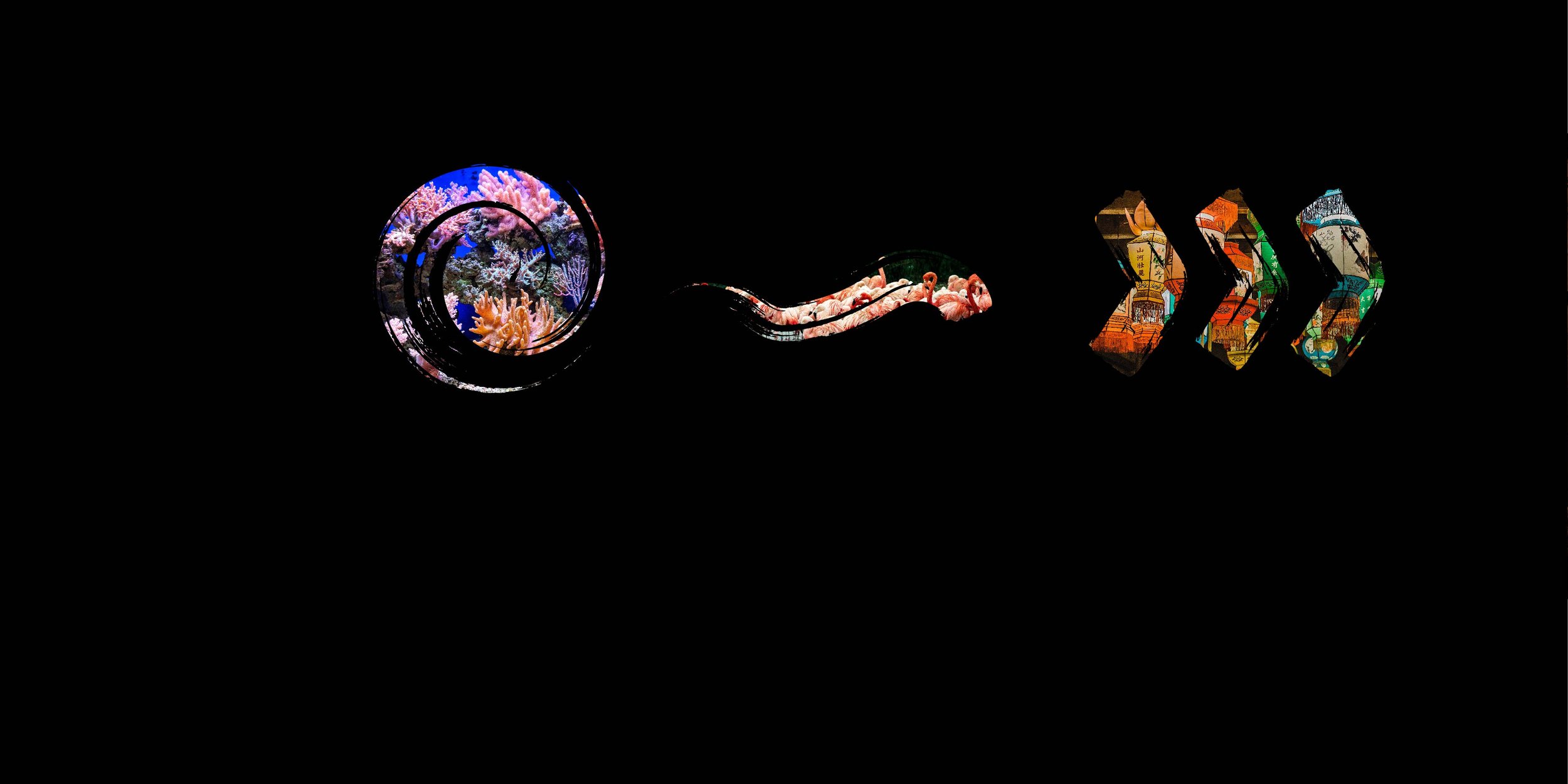
HERITAGEarchive
Search for specific words:

Search for specific words:

Speakers and coordinators from past sessions of #2021debate Disasters&Pandemics reflect various topics and questions that were raised.


COVID Pandemic tested human behavior in many dimensions. How did we practice heritage conservation during the COVID-19 pandemic?

As a result of the confinement and the drop in touristic activity in historic areas, community networks produce new forms of collaboration to maintain quality of life. This roundtable looks at museums, villages and large scale cities.

Multidisciplinary academia, not-for-profit and industry contributors provide their opinions about how World Heritage Sites can prepare for these potential calamities.

The pandemic and the confinement associated with preventive measures impacts the economic sustainability of historic centers.

This webinar highlights the vulnerabilities and protection of intangible heritage in contexts of disaster and crisis, and its role in recovery processes and resilience building.

Researchers from different disciplines within the disaster studies discuss protecting world heritage sites against disasters.

How to protect our cultural heritage while giving them life and new meaning? (How) have cultural values have changed since the COVID-19 pandemic?


Addressing the way groups address heritage (sometimes even as a hindrance), through the lens of participation.

How can local creative and cultural industries help to build the resilience of heritage sites in an era in which natural disasters and climate change increasingly threatens cultural heritage?

Installing and strengthening disaster-risk management among all the stakeholders reduces vulnerability to potential threats. Investing in prevention through programs, regulations or projects should be a priority task to contribute to the preservation of heritage and its associated communities.

This session touches upon how earthquakes affect different cultural heritage expressions and the relationship between earthquake destruction and cultural heritage regulations and conventions

Cultural and Natural Heritage are among the highest expressions of humanity. However, we assist to a sharp increase of disasters causing severe damage or loss of heritage worldwide. Countries affected by catastrophic events are usually caught unprepared, incapable to deploy mitigation and/or response measures.

In the last few years, cultural heritage and nature-based solutions are increasingly being integrated into disaster risk management strategies and climate change mitigation and adaptation planning. However, the interconnections between natural and cultural heritage are not sufficiently explored and used for disaster risk prevention and post-disaster recovery strategies. In light of the increasing hazards threatening World Heritage, this session explores the opportunities that nature-culture approaches could bring for analyzing heritage places and increase their resilience by planning disasters prevention and recovery in cultural landscapes, urban areas and natural protected areas.
MODERATOR: Maya Ishizawa - Independent Heritage Specialist, Architect (Universidad Ricardo Palma) and PhD (Brandenburgische Technische Universität Cottbus-Senftenberg) (in)
SPEAKERS & CASE STUDIES
ASIA Jefferson Chua, Greenpeace – Can Resiliency Landscapes withstand pandemics? (Asia)
OCEANIA Xavier Forde, Heritage New Zealand – Strengthening Communities of knowledge: building the infrastructure of indigenous heritage in Aotearoa (Oceania)
AFRICA Alula Tesfay, Mekelle University, Ethiopia / University of Tsukuba, Japan – Ethiopia, resilient building traditions of Gunda Gundo community (Africa)
EUROPE Barbara Minguez-García, World Bank / GFDRR – Challenges and opportunities of natural and cultural heritage in disaster risk management strategies: an international cooperation perspective (Europe)
NORTH AND CENTRAL AMERICA Paloma Guzmán, Norwegian Institute for Cultural Heritage Research (NIKU) – How is conservation with a landscape approach advancing the assessment of climate change of World Heritage properties?
SOUTH AMERICA Pilar Matute, Centro Nacional de Sitios del Patrimonio Mundial, Ministerio de las Culturas, las Artes y el Patrimoo – The Minami-Sanriku Moai: a protective gift (South America)

This session seeks to inquire into the situation of historic centers faced with pandemics, how these phenomena have affected them and in what way they have faced them throughout their history.

To understand the impacts that COVID has had on tourist cities, especially World Heritage sites, we will analyze six cases, each one of them with its own challenges. This will allow us to see how cities are facing the pandemic.


Natural and social disasters -notably the current COVID-19 pandemic- are part of an identity construction: society responds to them differently and condition our present and future experience- again, in mostly positive developments, but always with the threat of failure or repeated defeat. In this, too, World Heritage Sites reflect the human experience.